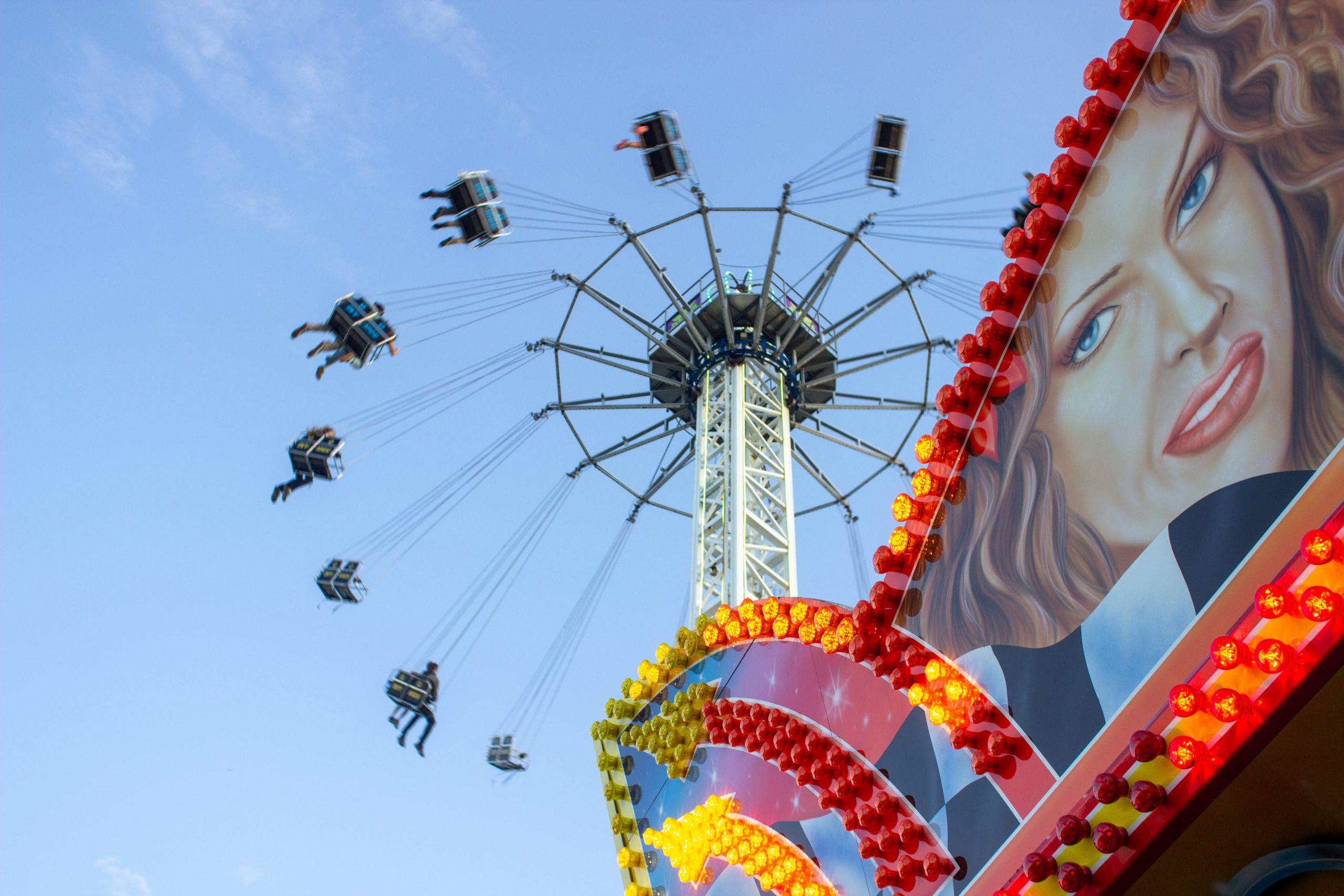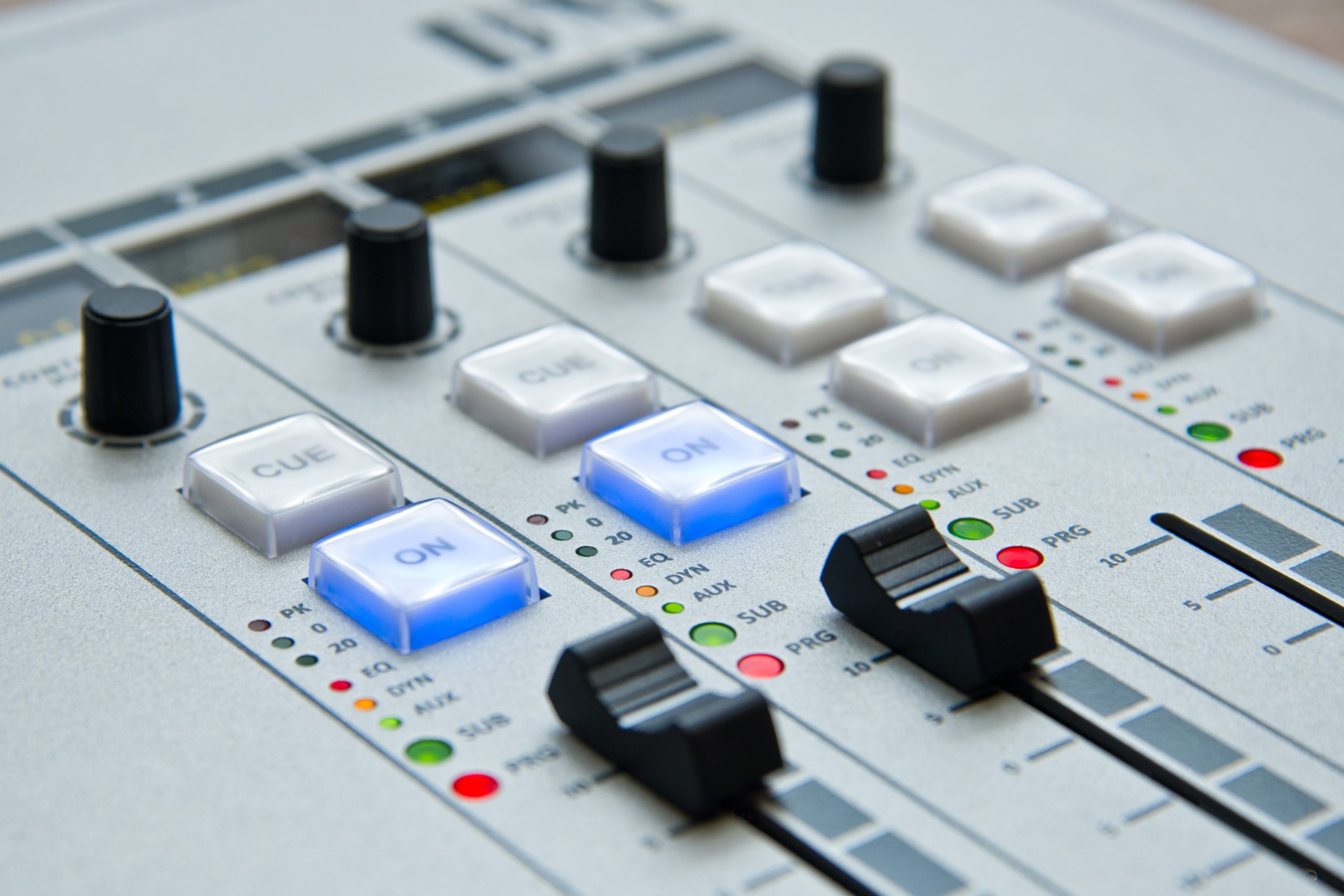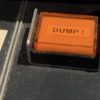https://www.facebook.com/huntertvnsw/videos/1392229220864156/
(Myself, in the hot seat!)
If you have never vision mixed before it can be quite a nerve-racking experience, unlike a film or video that gets edited, vision mixing happens in real time, on the fly and generally, there isn’t a chance to fix it in post. What you see, is what the audience gets.
A vision mixer is a person who physically cuts and mixes what the director calls for the live broadcast. This is usually Cameras, VTR (Video Playback), lower thirds or any other element that might be added to a live broadcast.
Despite seeming like the most stressful job, which it can be, if done right and with some practice, I feel it is the best low-key job in the house. You get to walk away with the pride that you cut together a great broadcast, and you get the cred for taking on one of the most stressful positions in the broadcast.
So whats my advice?
I suggest getting involved in the production as early as possible, get to know your crew, your equipment and most importantly what to expect during the live broadcast. I think preparation is key here, the more you know and practice early, the easier it’s going to be later.
Take note of everything, and have that information at hand on the day of the broadcast. On the day be sure, to get an understanding of how your inputs are configured, make sure you know which camera is positioned where, and that you know who is going to crew each camera.
As much as id love to say that every call will start with the camera input number, sometimes at the moment a director might not always the shots by their assigned numbers.
Make sure you know inside and out your console, you understand how and where cut keys, transition keys, and special functions have been programmed. For me, I like to keep things simple stupid. I’m right handed so I configured the switching surface so that my soft/hard cut keys were located to the far right and that, rarely used keys such as my PIP where out of the way of accidentally being pressed.
I also took the time to sit down, and triple check all my assets are loaded correctly and match that of the run sheet. On most broadcasts, after you bump in, your crew will have time to run through or rehearse the broadcast beforehand. I highly suggest you take note of everything that stands out, remember what was special about each segment, and what is the most important to capture. For me, this is quite often remembering when a performer on stage is about to something extraordinary, like a backflip or something likely to grab the audience’s attention.
The Day/Night of the broadcast?
When it comes to the actual broadcast, be sure your back on time, and that your ready to strap in for a few hours, try to avoid drinking Coffee or anything that is considered a diuretic, have a bottle of water handy, a pen, a copy of the rundown and ensure you are positioned comfortably over your control surface.
Adjust your cans so they are comfortable and check your coms to ensure you can hear the crew.
Now, relax, you are about to enter the most stressful part of the job, but, you’ve prepared, and you have your entire team nearby should things go south, it’s now time to breathe, focus and hit those buttons!
Communication here is essential, things can change and it imperative you are listening despite maintaining your focus on the shots being called.
Its also to important to realise that accidents can occur and that you can’t dwell on them. Its happened to me, but its imperative that you move on, and focus and the task at hand.
Other than that, your job as vision mixer should be one that is high energy, rewarding and an experience not to let pass.




